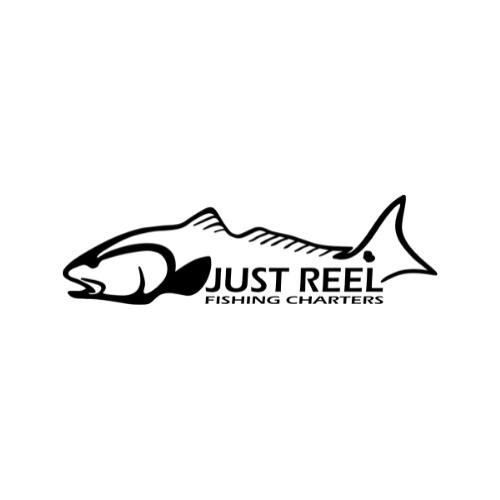Transitional weather results in different species to target
With the cold from the north becoming more frequent, fishing around Anna Maria Island is still good, although you might say it’s going through a transitional phase.
You see, as water temperatures drop, some fish change their habits. This can include where they are, when they feed and what they want to eat.
A good example of this is targeting snook. During the spring, summer and fall, snook are readily available on the flats and along the beaches. Live shiners as bait is like candy to these fish as they are heavily feeding. This will also take a variety of other live baits as well as artificials.
When the winter arrives and the water temps fall into the low 60s, you may notice these snook are harder to find. They don’t like cold water temps which causes them to migrate to areas where they can find consistently warm water. When you do find these snook, you’ll also notice they aren’t as aggressive as they are in the warm temperatures of summer.
The colder water causes them to become quite lazy as they are trying to conserve energy to stay warm. This impacts the bait you use. Shiners and other live baits — pinfish and mullet — simply swim too fast for a lazy snook to pursue. But, using shrimp or soft plastics with a slow retrieve seems to attract their interest. They become opportunistic which means they would much rather leisurely swim up to something to eat and non chalantly inhale rather than aggressively chase a bait.
Luckily for us, there are numerous other fish to catch in the winter. Some species that come to mind are black drum, redfish and sheepshead. The colder water temps don’t seem to deter these fish from eating. In fact, for the sheepshead, I think it actually gets them fired up. Also, these species will readily eat live shrimp, which is the most accessible bait during the warmer months.
Another winter-time catch is the inshore gag grouper. This is the time when these fish migrate in the shallow waters of Tampa Bay. This in turn makes them accessible to inshore anglers. Trolling lipped plugs or using large live baits, such as pinfish or grunts, will attract these gags to bite.
Finally, the deeper grass area of Tampa Bay and its water to the south can be host to a variety of species that are here during the winter. Spotted seatrout can be caught in great numbers along channel edges adjacent to the flats. This applies for pompano. You’ll also find jack crevalle, ladyfish and bluefish in the mix.
So, as water settles in don’t be discouraged. There are plenty of fish to catch during these cold months of December, January and February. Just change up your technique and you can find success.
On my Just Reel fishing charters, I’m finding numerous sheepshead and flounder around the passes and channel edges. Offerings of live shrimp are yielding good action on either species. Especially the sheepshead.
Casting live shrimp around docks and oyster bars is proving to be good for catch-and-release redfish.
I’m also catching-and-releasing an occasional under-size snook in the same areas. Spotted seatrout are cooperating over deep grass flats. Casting live shrimp under a popping cork or free-lining live shiners is getting a positive response. Jack crevalle, bluefish and lady fish are also finding their way to the hook.

